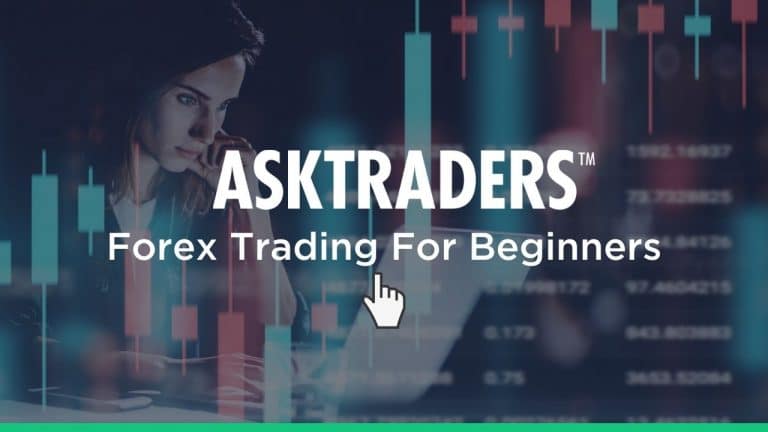
What is Forex Trading?
Forex (or FX) is a short-hand combination of two words: Foreign Currency and Exchange. Forex refers to the foreign exchange market in which all the world's currencies are traded.
FOReign currency + EXchange
Forex trading, then, is the act of buying and selling currencies on the foreign exchange market. It involves trading two currencies against each other in what is known as a ‘currency pair'.
Table of contents
The Forex Market
The Forex market is the largest trading market in the world, with over $5 trillion (with a ‘t') dollars traded daily; 24 hrs a day, 5 days a week.
To put that into perspective, the average daily trading volume New York Stock Exchange (NYSE), the largest stock exchange in the world, is around $169 billion. That makes for Forex market roughly thirty-two times larger than the New York Stock Exchange.
This gargantuan volume of trading doesn't take place on any normal trading floor; the Forex market is an electronic network of banks, brokers, institutions and traders from around the world.
Whereas normal trading markets will close at set times depending on their location, the Forex market never really closes. While it's true that it is open for only 5 days a week, the only thing that ‘closes' is the ability of retail traders (i.e. regular traders like you and me) to participate.
In truth, the market never really closes due to neverending international trade, as well as the needs of central banks and global industries to conduct business.

How Does Forex Trading Work?
The Forex market works like any other market where prices are susceptible to fluctuation, for example, the stock market. Traders are able to profit from trading currencies by correctly predicting whether the price of a currency will increase or decrease in value.
This isn't as easy as it sounds; factors such as economics, market demand and geopolitics influence how exchange rates fluctuate. Predicting when a price change is about to occur also requires a good understanding of technical analysis.
Forex Trading Sessions
Each day on the market is broken into three peak trading sessions known as the forex 3-session system.
These three major sessions are:
| Session | Major Market | Hours (GMT) |
|---|---|---|
| North American Session | New York | 12:00-20:00 |
| European Session | London | 07:00-16:00 |
| Asian Session | Tokyo | 23:00-08:00 |
These three cities represent the major financial hubs of each region. Traders will often focus on one of these three trading periods as that's when the markets are most active.
You'll also notice that there is a period of time when two sessions are open at the same time. For example, from 12:00-16:00 GMT the New York and London sessions overlap.
The market is busiest during periods where two sessions overlap as more traders are active during this time.
Currency Pairs
When you trade in the Forex market, you buy or sell in currency pairs. A currency pair is the quoted price of one currency against another. Currency pairs indicate how much of one currency is needed in order to buy another – also known as the exchange rate.
For example, in the GBP/USD pair, you are buying the US Dollar by selling the British Pound. The first currency listed is known as the base currency, while the second one is called the quote currency.
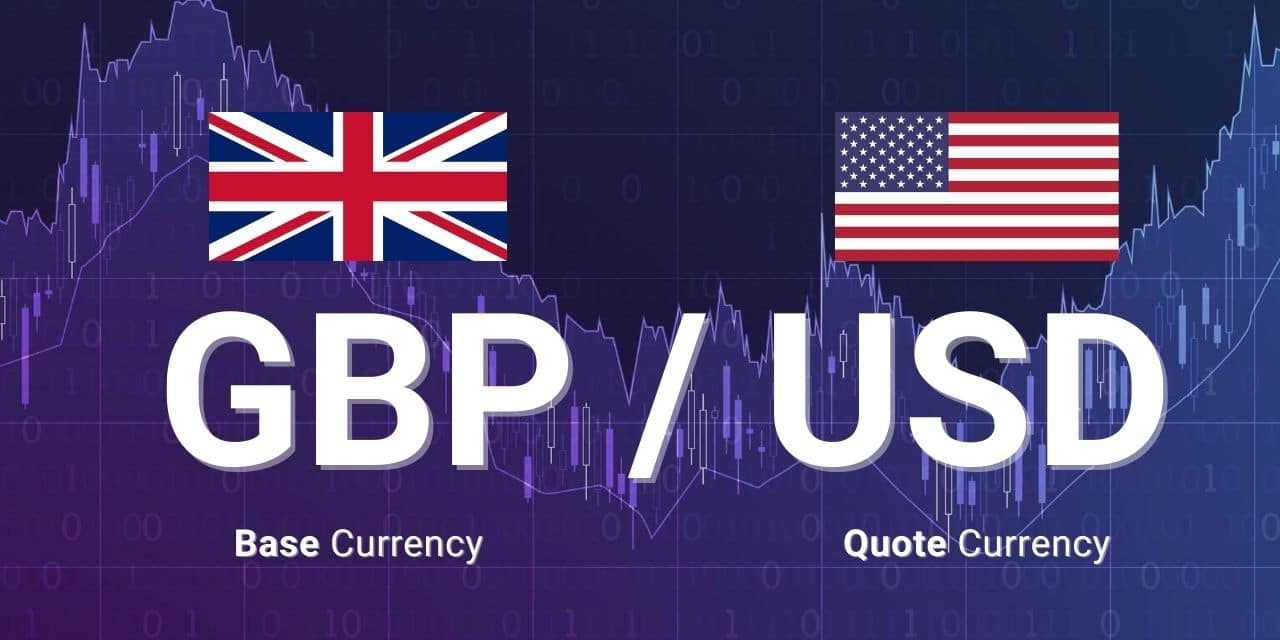
In total, there are three categories of currency pairs:
- The ‘Majors': Currency pairs that include the US Dollar
- The ‘Crosses': Currency pairs not associated with the US Dollar
- The ‘Exotics': Currencies from emerging markets, i.e. the Singapore Dollar (SGD)
Major Currencies
The best way to start trading Forex for beginners is with one of the most popular pairs, also known as major currency pairs. Price moves more frequently with ‘The ‘Majors' because there are more traders actively buying and selling these currency pairs. This will, in turn, will provide you with more trading opportunities.
| Currency Pair | Countries |
|---|---|
| EUR/USD | Eurozone/United States |
| USD/JPY | United States/Japan |
| GBP/USD | United Kingdom/United States |
| USD/CHF | United States/Switzerland |
Cross Currencies
Also known as ‘Crosses' these currency pairs don't contain the US Dollar (USD). While not as actively traded, they still provide you with plenty of trading opportunities. Some of the most common ‘Crosses' include:
| Currency Pair | Countries |
|---|---|
| EUR/CHF | Eurozone/Switzerland |
| EUR/GBP | Eurozone/United Kingdom |
| EUR/JPY | Eurozone/Japan |
| GBP/AUD | United Kingdom/Australia |
Exotic Currencies
Exotic currencies include currencies from emerging economy such as Brazil, Singapore or Turkey. These currencies tend to be paired with one of the Major currencies (USD, GBP, JPY, CHF) and are much more sensitive to geopolitical and economic events that commonly cause currency fluctuations.
| Currency Pair | Countries |
|---|---|
| USD/BRL | United States/Brazil |
| USD/HKD | United States/Hong Kong |
| USD/SGD | United States/Singapore |
Chart Types
Trading charts display information such as market/price movements that Forex traders use to help them decide when to enter or exit a position. Knowing how to read a chart, also known as technical analysis, will help you spot patterns and identify trends in the market.
Capitalising on market sentiment, or which wind the way is blowing, is how Forex traders make their money. While there are many different types of charts available, the most common one's you'll come across are:
Candlestick Charts
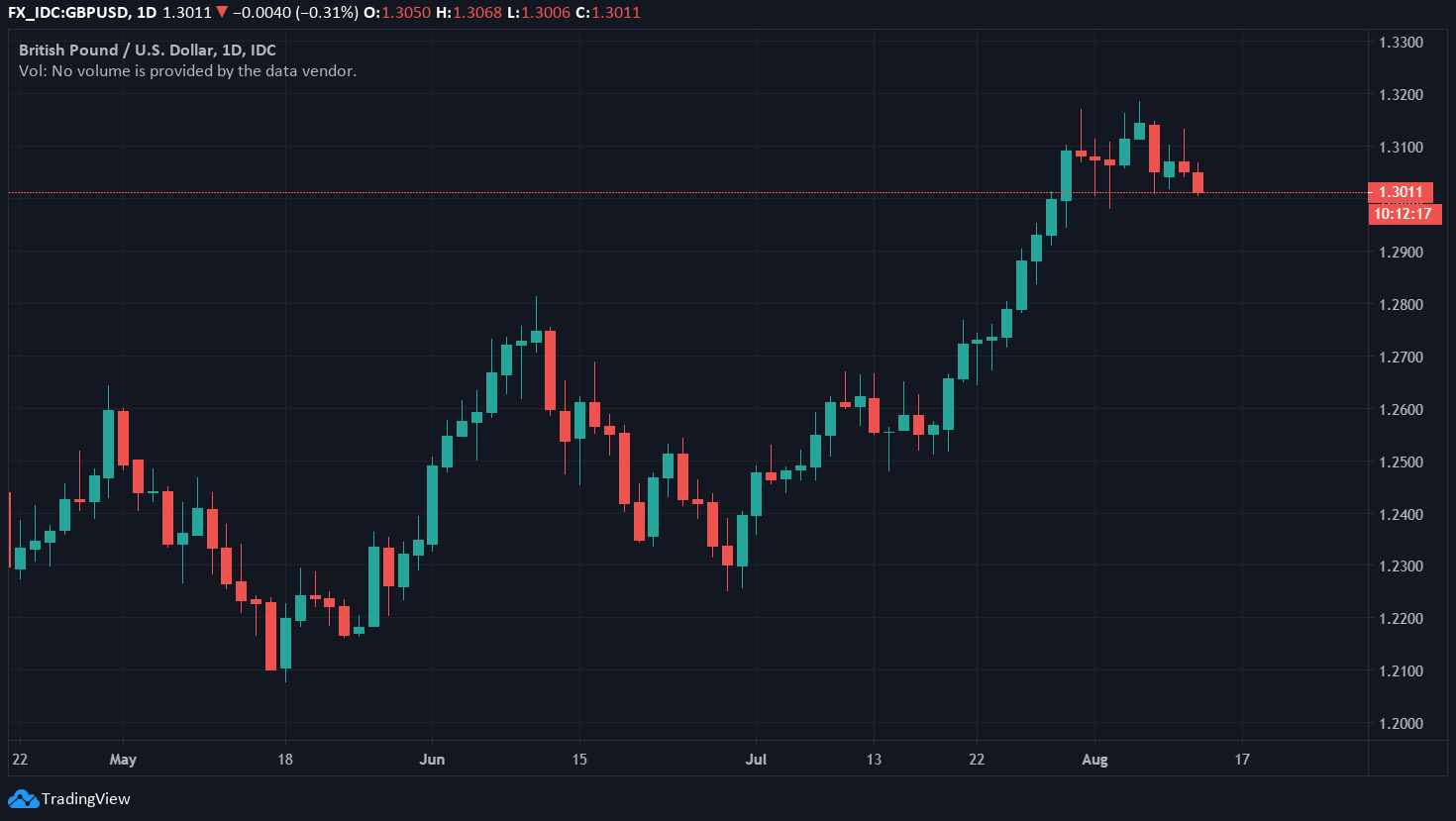
First used by Japanese rice traders in the 18th century, Candlestick Charts are similar to OHLC bars in that they also show us the open, high, low and close values over a specific time period.
The difference between the two, however, is that candlestick charts have a ‘box' between the open and close values, also known as the ‘body' of the candle. Many traders prefer Candlestick Charts as they are easy on the eye. For beginners, they are the easiest chart to read and understand.
Line Charts
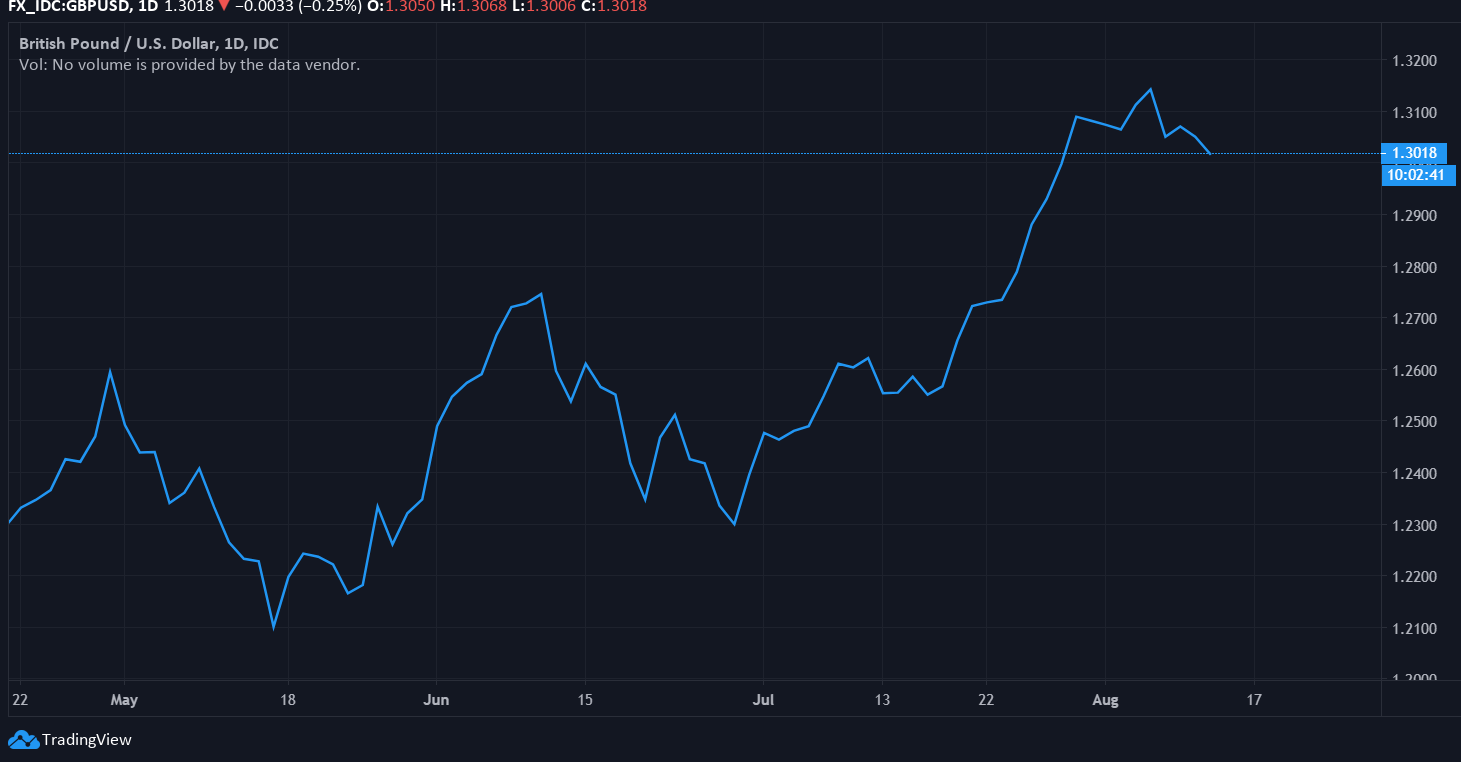
Whereas Bar and Candlestick Charts show both the opening and closing of a period, as well as the price action in between, a Line chart is a bit more simplistic. It connects the closing prices of the time frame you are viewing and is mainly used to identify ‘big picture' trends.
This makes them perfect for showing trends over time – but not much else. They lack other important bits of information such as the high and lows that a price has reached and therefore aren't as precise as other charts.
Bar/OHLC Charts
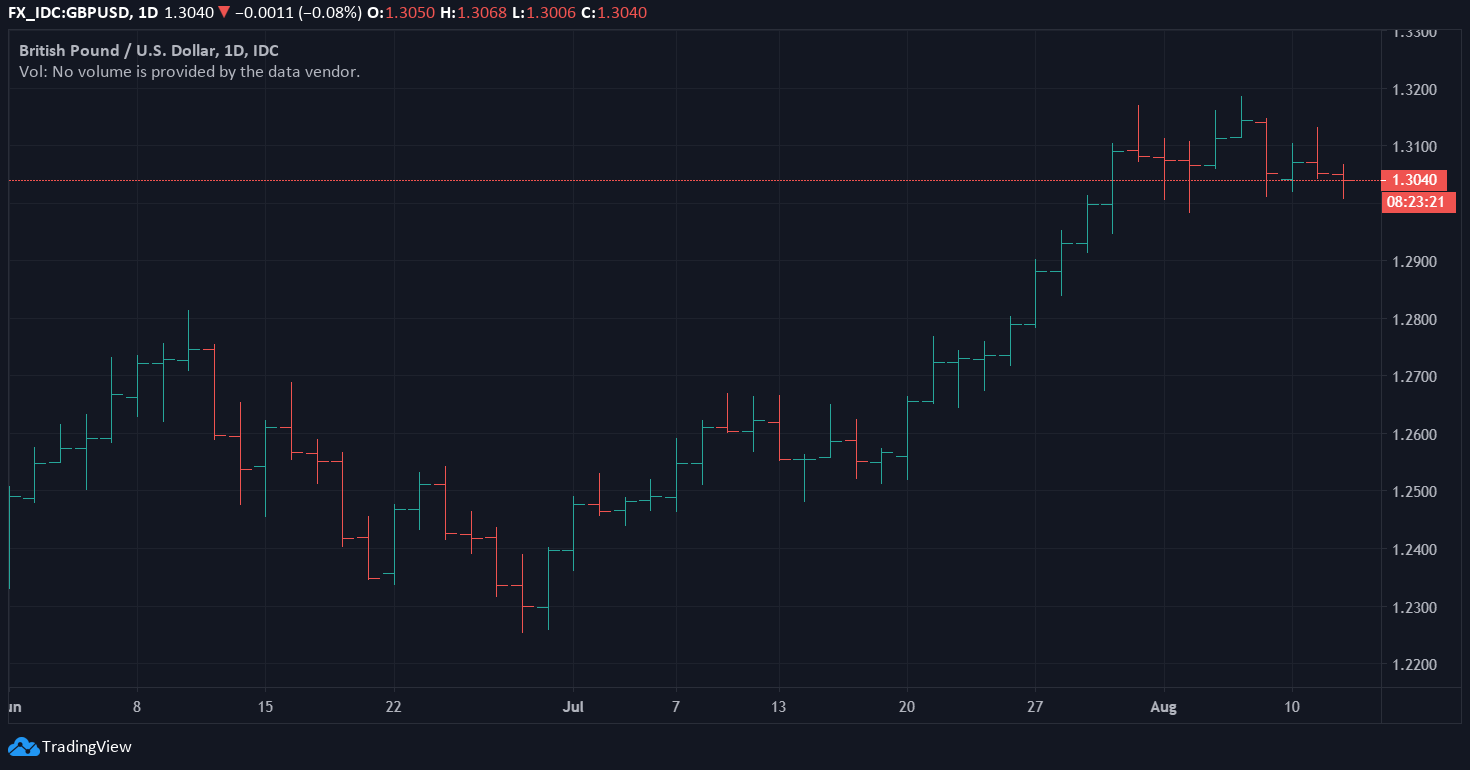
Bar or OHLC (Open-high-low-close) charts are essentially an upgraded version of a Line chart. The chart shows vertical lines whose top and bottoms show us the high and low price, while the vertical lines indicate the open (left-hand side) and close (right-hand side).
The green bars represent buyer bars and the red bars represent sellers bars. Bar charts are useful as they can help to identify who is in control of the market – is it the buyers (Bulls) or sellers (Bears)?

Forex Terminology
Before you start trading, you will need to have some basic terminology under your belt. Although there are dozens of useful terms, the following are among the most important:
- Ask: The price at which you can buy a currency. Supply of a currency
- Bid: The price at which you can sell a currency. Demand for a currency
- Bid/Ask Spread: Difference between the Bid & Ask price
- Brokers: Firms that provide access to a trading platform
- Margin: The minimum deposit that you need to make in order to open a position
- Pip: the smallest amount by which a currency quote can change
- Going Long: To buy a currency pair
- Going Short: To sell a currency pair
- Slippage: The difference between the expected price & execution price
- Bullish Market: Price is going up – buyers in control
- Bearish Market: Price is going down – sellers in control
- Leverage: The ability to open a position that is greater than the margin or amount in your account
Forex Orders
An order is an automatic instruction given to your broker to either open or close a transaction, (i.e. buy or sell a currency) once a set of specific instructions or criteria has been met. Forex orders are useful as they allow you to set your own limits and minimise risk exposure.
The best part? You can use different types of orders at the same time, putting you in full control of your trades. The four types of orders you need to be aware of are:
- Market Order
- Limit Order
- Stop Order
- Stop-Loss Order
Market Order
A market order is the most basic order type available to traders. It is an instant-execution order, which means that you will either open or close a trade at the current market price. Want to enter a market straight away and can't wait? Use a market order. In highly volatile markets, you may sometimes notice a difference between the price you selected and the price that is executed, also known as slippage.
Limit Order
If you use a limit order, you will only enter or exit the market if the price reaches your desired level. As you can imagine, the downside to this is that you may never actually enter the market if the price doesn't reach the level that you are waiting for. On the plus side, if the cards fall your way then a limit order allows you enter at a ‘cheaper' price.
Stop Order
Just like limit orders, stop orders are also executed once price conditions are met. A stop order ‘stops' an order from executing until the price moves past a particular level, i.e. buy when the price is above £X, sell when the price is below £Y.
Stop-Loss Order
As the name suggests, a stop-loss order helps limit your potential losses. Whereas earlier orders will get you into a trade, a stop-loss order will get you out of a trade that's about to take a turn for the worse by kicking in once a certain price level is reached. Hitting a stop-loss is never fun, but having one can keep you in the game by getting you out of a losing trade and allow you to fight another day.
More: Trailing Stop Loss Strategies
How To Trade Forex
You can start trading Forex in as little as five easy-to-follow-steps:
1. Open an account with a broker

In order to trade Forex, you first have to open a trading account with a broker. Most brokers offer a live demo account which allows you to get familiar with the platform and practice trading with virtual money. Once you're ready to take the training wheels off, you can easily switch to a live account and start trading with real money. Our Forex brokers comparison tool is a good place to start.
2. Choose a currency pair to trade
As we mentioned earlier, if you're new to Forex trading then Major currency pairs are the best place to start. Major currency pairs are the most commonly traded, which means there will always be plenty of trading opportunities available. Skip the Cross or Exotic currency pairs until you're completely comfortable – those pairs are less actively traded and susceptible to price fluctuations.
3. Decide to buy or sell
This next step will involve deciding whether you want to ‘buy' or ‘sell' based on a technical analysis of the market. You'll be looking at historic price charts, using technical indicators and monitoring the news and Forex calendar for any economic announcements. If you think the price is going to go up, get ready to buy. Think it's going to go down? Time to sell.
4. Add orders
Forex markets are volatile, and navigating these choppy waters requires a plan to guide your entry and exit points and manage your risk. An order is an instruction to automatically make a trade at key ‘trigger points'. These triggers are usually set at predetermined price levels set by you. As a beginner, the most important ones you'll need to remember are stop-loss orders and take-profit orders.
5. Monitor your trade
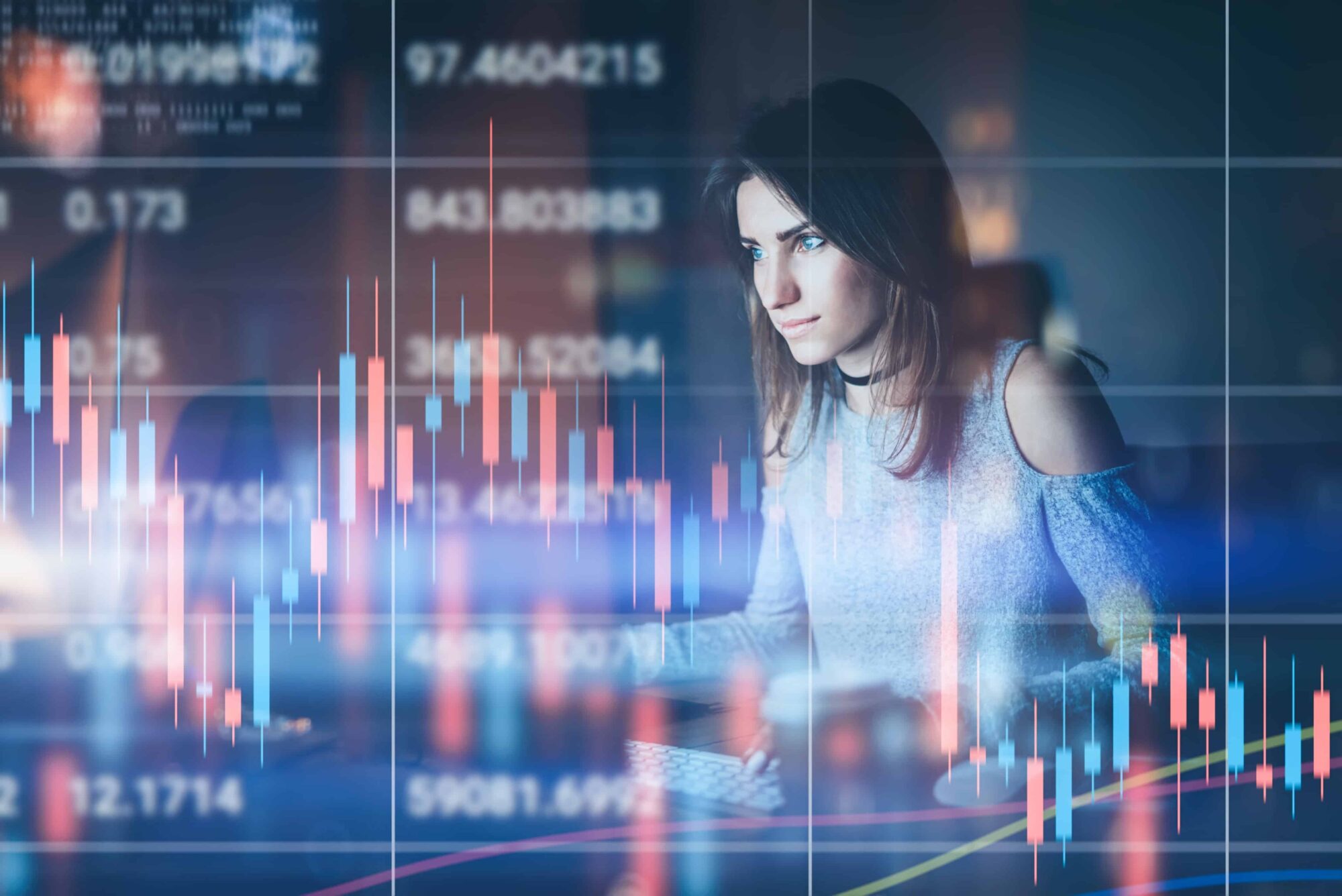
Once your trade is open, it's time to wait. Take a step back from your screen and get yourself into a clear headspace. While it's okay to check your open positions from time to time, don't make the mistake of fretting over every little fluctuation in your profit or loss. Trust that you've done your due diligence and have the right orders in place.
6. Trade completion
Once your trade hits either your stop-loss or take-profit order, your trade will be officially completed – hopefully for a profit! If you didn't set a take-profit order, you'll need to monitor your trade and continue to do some technical analysis to see what your Forex pair is likely to do next. Not all trades will result in a profit, so don't be too disheartened if you missed the mark on this occasion.
Forex Trading Advantages
- Huge Market: The FX market is the largest in the world, which means there are plenty of trading opportunities to capitalise on
- No commissions: Most brokers earn their money through the ‘spread', not commissions. More money in your pocket!
- Open 24/5: The Forex market never sleeps. You can trade it whenever you want to and operate on your own schedule
- Leverage: You can ‘borrow' money from your broker that allows you to trade well beyond your actual deposited funds
- High Liquidity: There will always be someone on the other end who is willing to trade back
- Risk-Free Demo Accounts: Most brokers offer free demo accounts to practice on. Learn the ropes with virtual currency before you use your own money.
- Profit from High & Lows: No matter which way the market is going, if you have a solid trading strategy you can make a profit
Forex Trading Risks
- Leverage: With leverage, your losses are magnified – the bigger the trade, the bigger the potential loss
- Volatility: While volatility can create trading opportunities, too much can make it very difficult to judge the market
- Overtrading: Just because it's open 24hrs a day doesn't mean you should trade all day. There are only a few ‘peak' hours worth trading
- DIY Learning: Your success depends on your self-discipline and motivation to learn as much as you can
- Interest Rates: Currency values can change dramatically when a country introduces new interest rates. Can be good or bad depending on your buy/sell positions.
- Brokers: It's important to find a reputable, fully-regulated broker. Unscrupulous brokers aren't transparent with their fee structure & can act as their own ‘market makers'

Is Forex Trading Worth it?
The answer depends on your own personal circumstances. Forex trading can be a profitable venture that is worth your time – if you're smart about it and temper your expectations. Firstly, understand that it isn't a get-rich-quick scheme and it's unlikely that you'll be the next George Soros.
There is a steep learning curve if you're just getting started, and the path to becoming a successful Forex trader is fraught with challenges. Although many traders before you have ventured down this well-trodden path, only a small percentage of them managed to stay the course.
In the next section, we'll take a look at some tips to bear in mind as you set off on this journey.
Forex Trading Tips
Just as Rome wasn't built in a day, becoming a successful trader won't happen overnight. It will require a lot of time, practice and patience on your part and a willingness to learn. Here are some Forex trading tips to get you started:
- Learn the basics and practice: Take the time to educate yourself before you make your first trade
- Don't overcomplicate things: Discover a strategy that works for you – and stick to it
- Be realistic: You're not going to make profits straightaway
- Be patient: Resist the temptation to get caught up in constant price movements
- Manage your risk: Never invest more than you can afford to lose
- Choose wisely: Pick a broker that is safe, transparent and fully-regulated
- Know your style: Discover your own unique trading style – don't be a poor imitation
- Document everything: Keep a trading journal and reflect on past mistakes
- Never stop learning: There is a lesson to be learned in every trade you make
- Be calm: Control your emotions – never make a trade when you're not feeling like yourself
More: Tips on How To Avoid Losing Money on Forex Trading
PEOPLE WHO READ THIS ALSO VIEWED:




